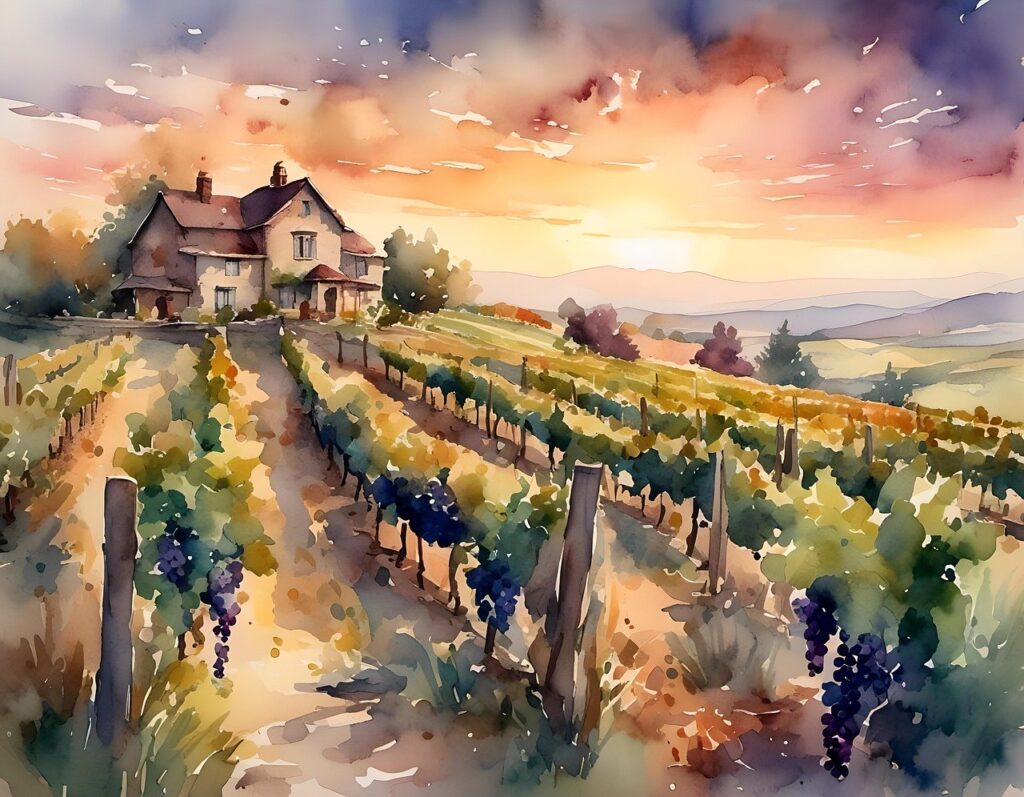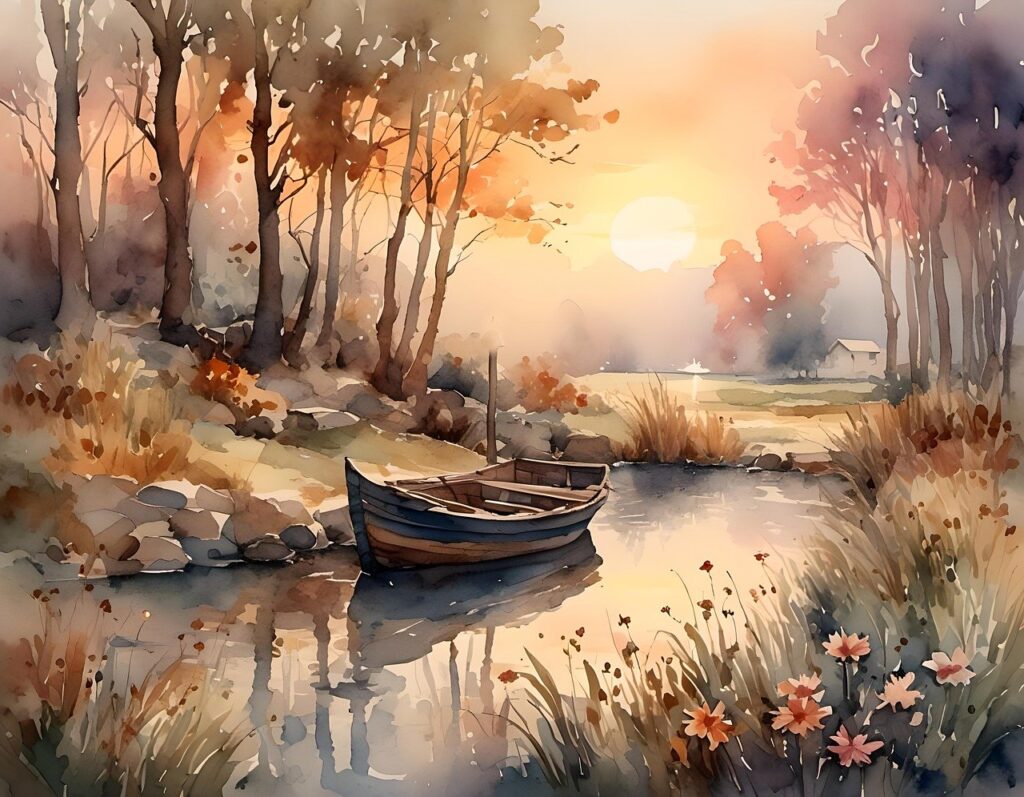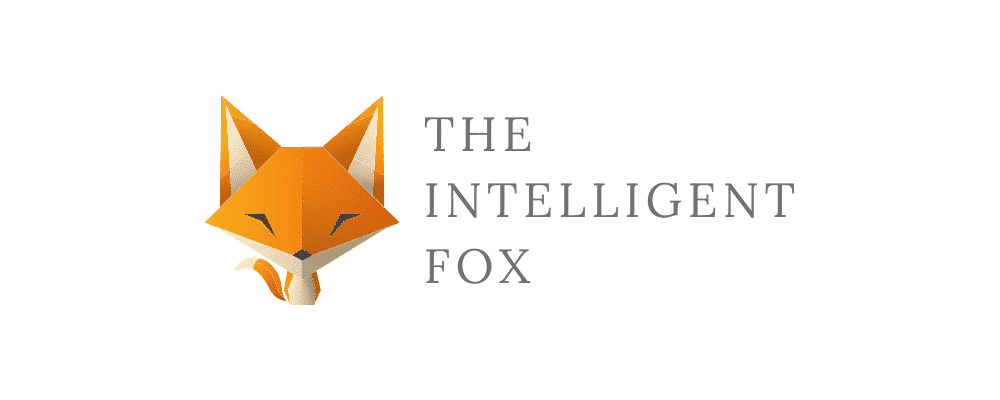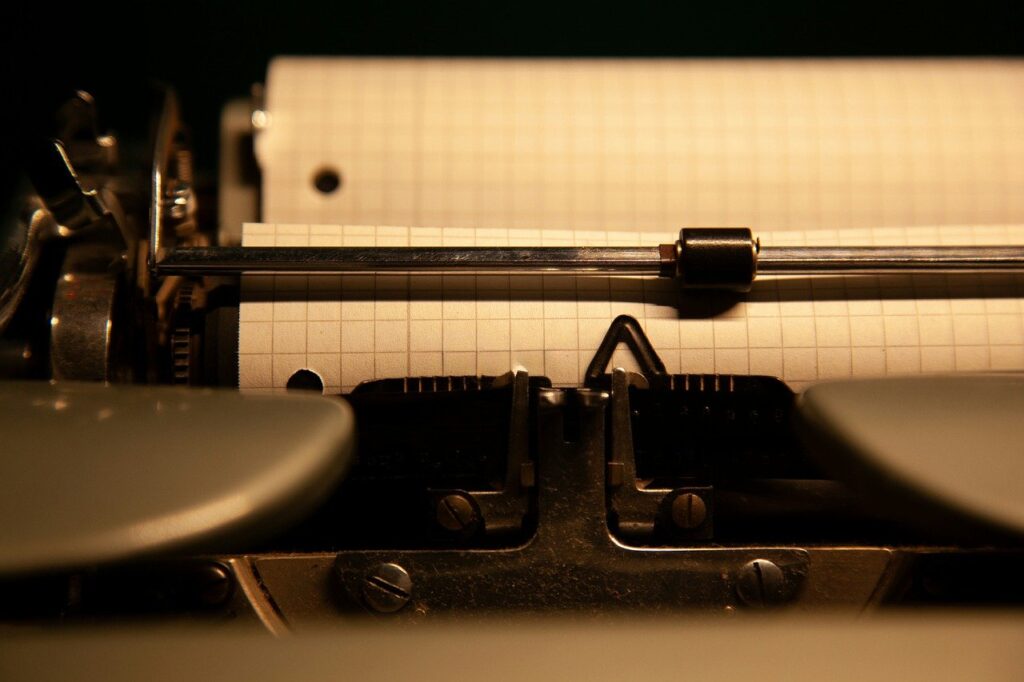
AI-generated images are becoming more and more common on the internet. You’ve probably seen some cool and realistic images created by artificial intelligence and wondered if you could use these AI-generated images in your blog posts.
You can use AI-generated images for blog posts, but you must be careful about copyright issues. Using images created by AI models trained on copyrighted material could mean you are violating copyright laws. It’s best to use AI-generated images from reputable sources that guarantee they are license-free or to create your own using AI tools.
AI-generated images can be a great way to make your blog posts look more interesting and engaging. They can help you illustrate your points and grab your readers’ attention.
In this blog post, we’ll explore whether it’s legal and ethical to use AI-generated images for your blog posts. We’ll also look at where you can find them and how you can create your own. By the end, you’ll understand the dos and don’ts of using AI-generated images for your blog.
Is It OK to Use AI-Generated ImageS?
When using AI-generated images for your blog posts, one of the biggest concerns is whether it’s legal or not. Many AI image generators are trained on millions of existing images from the internet. Some of these images might be copyrighted, meaning the AI model has essentially “learned” from copyrighted material.
If you use an AI-generated picture based on copyrighted images, you could be violating copyright laws. This is a big no-no and could land you in legal trouble. Imagine if someone claimed your blog post as their own – it wouldn’t feel fair, right? That’s why it’s crucial to be mindful of copyright issues when using AI-generated images.
The safest approach is to use AI-generated images from reputable sources that guarantee they are license-free or to create your own using AI tools.
It’s kind of like drawing your own pictures for your blog posts. As long as you’re not tracing or copying someone else’s artwork, the drawings are yours, and you can use them however you like. The same goes for AI-generated images you create yourself – they’re your original creations, and you can use them without worrying about copyright issues.
Where Can I Find Safe AI-Generated Images?
If you don’t want to create AI-generated images, don’t worry – there are plenty of safe and legal sources available where you can find license-free AI-generated pictures to use in your blog posts.
One great option is to check out stock image websites that offer AI-generated imagery. For example, websites like Unsplash and Pixabay have collections of AI-generated images that are free to use, even for commercial purposes. Read the licenses carefully to ensure you’re following the rules.
However, if you’re feeling adventurous, you can create your own AI-generated images using these tools. Many of them have user-friendly interfaces and allow you to input text prompts to generate unique images based on your specifications. Popular options include Midjourney, Nvidia Canvas, and Google’s Imagen.
The great thing about creating AI-generated images is that you have full ownership and control over them. You can customize them perfectly to match the tone and style of your blog, and you don’t have to worry about any legal issues down the line.
Remember, when using any AI-generated images – whether from a stock website or created by yourself – it’s always a good idea to double-check the licenses and terms of use to ensure you’re staying on the right side of the law.
How Can I Create AI-Generated Images?
Creating AI-generated images is a lot easier than it sounds! There are several user-friendly tools and platforms out there that allow you to generate stunning images with just a few simple steps.
One popular option is DALL-E, created by OpenAI. This tool lets you type in a text prompt describing the image you want, and it will generate a corresponding image for you. For example, you could type something like “A realistic portrait of a cute puppy wearing a party hat” and DALL-E will create that image for you!
Another great tool is Midjourney, which works similarly by taking text prompts and turning them into images. Midjourney is particularly good at creating fantasy and conceptual images, so if you’re looking for something more whimsical or abstract, this could be for you.
Once you’ve chosen your tool, the key to getting great AI-generated images is to play around with your text prompts. The more specific and descriptive you are, the better the resulting image will be. You can experiment with style references like “in the style of Vincent Van Gogh” or “with a retro 80s vibe” to get even more creative control.
It’s also a good idea to generate multiple images from each prompt and choose your favorite. AI image generators can sometimes produce unexpected or wacky results, so having options is always helpful.
Finally, don’t be afraid to get creative and experiment! AI image generators are powerful tools, and with a little practice, you can create truly unique and eye-catching visuals for your blog posts.
AI-Generated Images vs Human Created Images
When it comes to image quality, AI-generated images are getting better and better every day. However, it’s important to understand that they still have limitations compared to images created by human artists and designers.
One of the main differences is that human-created images often have a level of detail, nuance, and creativity that AI-generated images can sometimes struggle with. A skilled artist can capture subtle emotions, intricate textures, and unique perspectives that might be challenging for an AI model to replicate.
Look at the two images below, one is AI and the other has been painted by a person – Which is which?


The one on the right has been hand-painted. But it was hard to tell. This is how far AI Image generation has progressed.
That being said, there are many impressive AI-generated images out there that come incredibly close to human-level quality. For example, some AI-generated portraits and landscapes can be almost indistinguishable from photographs.
And when it comes to creating conceptual or fantastical images, AI models can sometimes surpass human imagination with their ability to combine elements in unexpected and surreal ways.
Ultimately, it comes down to the specific use case. For certain types of images, like product photography, stock images, or simple illustrations, AI-generated ones can be just as good as (or even better than) human-created ones. They can save time and money while still achieving high-level quality.
However, for more complex or emotionally nuanced images – like those used in advertising campaigns, fine art, or storytelling – human-created images may still have an edge in capturing that special something that resonates with viewers on a deeper level.
The key is understanding the strengths and limitations of AI-generated and human-created images and choosing the approach that best suits your specific needs and goals for your blog posts.
Are There Any Other Considerations When Using AI-Generated Images?
While AI-generated images can be a great asset for bloggers, there are a few other important considerations beyond the legal and copyright issues.
One potential concern is the possibility of biases or ethical issues in AI-generated images. Like many AI systems, image generators are trained on existing data, which could potentially contain biases or stereotypes.
This means that the images they produce might reflect or reinforce harmful biases related to things like gender, race, or cultural representations.
It’s a good idea to carefully review any AI-generated images you plan to use and consider whether they are promoting harmful stereotypes or biases, even unintentionally. If you notice any problematic content, it’s best to avoid using those images or find alternative sources.
Another consideration is properly crediting and attributing the AI-generated images you use. While you may have legal ownership over images you create using AI tools, it’s still considered best practice to credit the specific AI model or tool used to generate the images.
For example, you might include a caption that says “Image generated using DALL-E AI” or “Created with the Midjourney AI image generator.” This not only gives proper credit but also helps your readers understand the nature and source of the images.
Additionally, if you’re using AI-generated images from a stock website or other third-party source, follow any attribution guidelines or requirements provided by that source.
By being mindful of potential biases, giving proper credit, and following ethical best practices, you can help ensure that your use of AI-generated images is not only legal but also responsible and respectful.
Conclusion
Using AI-generated images for blog posts can be a great way to create visually appealing and engaging content. However, it’s crucial to use these images legally and ethically.
The safest approach is to use license-free images from reputable sources or create your own using AI tools like DALL-E or Midjourney.
When creating AI-generated images, have fun experimenting with prompts and styles, but be mindful of potential biases or limitations compared to human-created art. Give proper credit to the AI tools used, and use your best judgment when an AI-generated image is the right fit.
Ultimately, AI-generated images can be a powerful asset for bloggers when used responsibly. Embrace this technology to enhance your content while following legal and ethical best practices.


